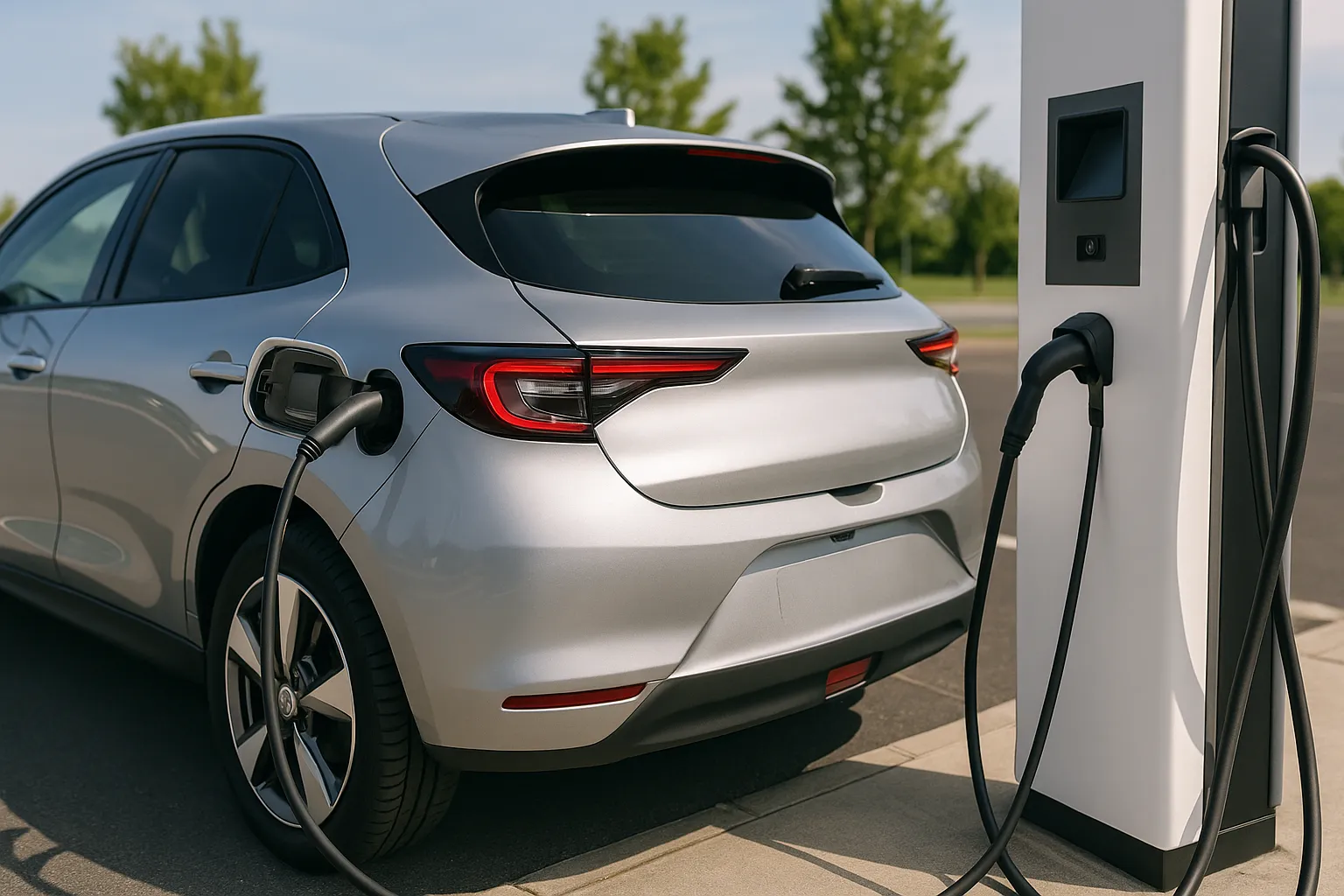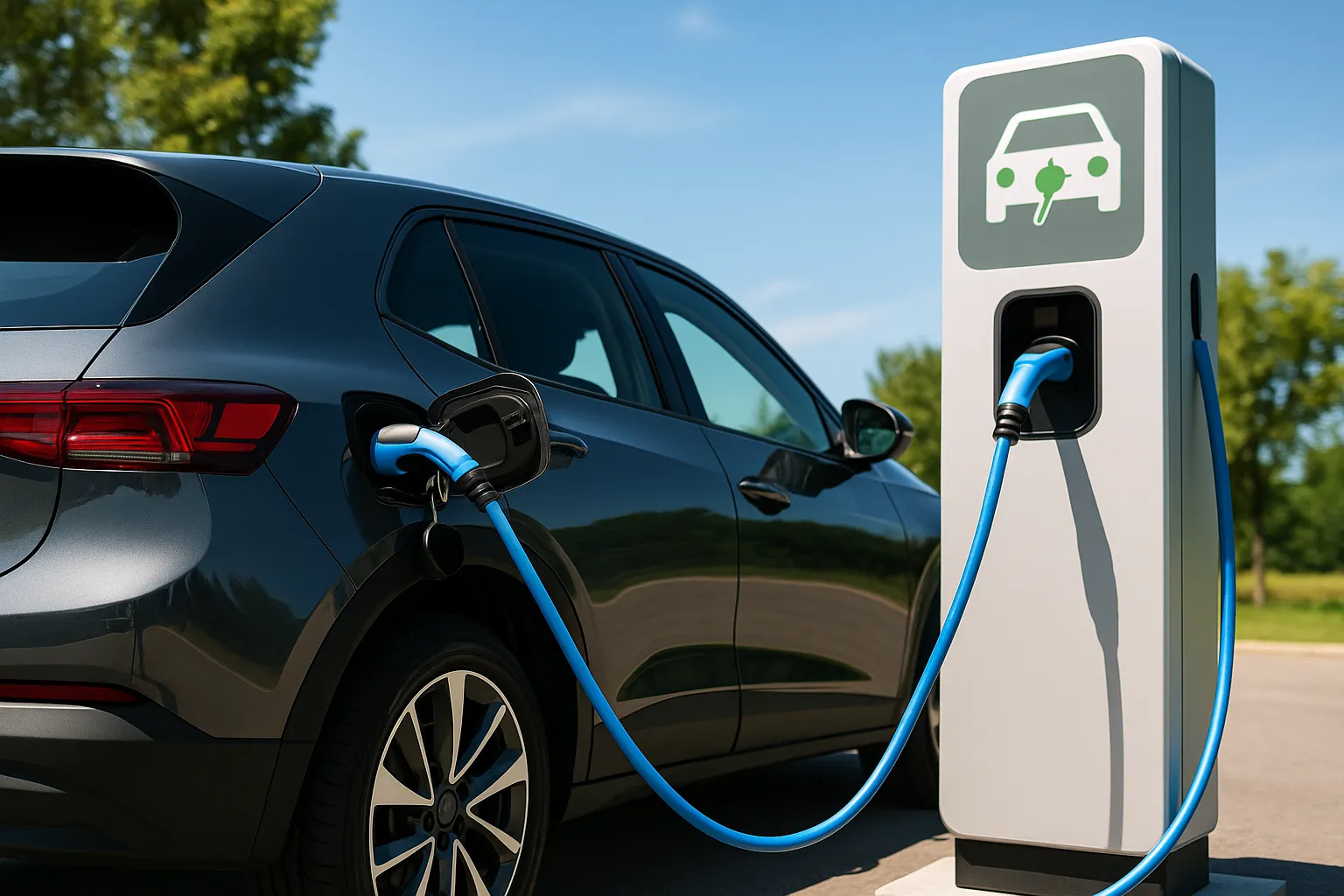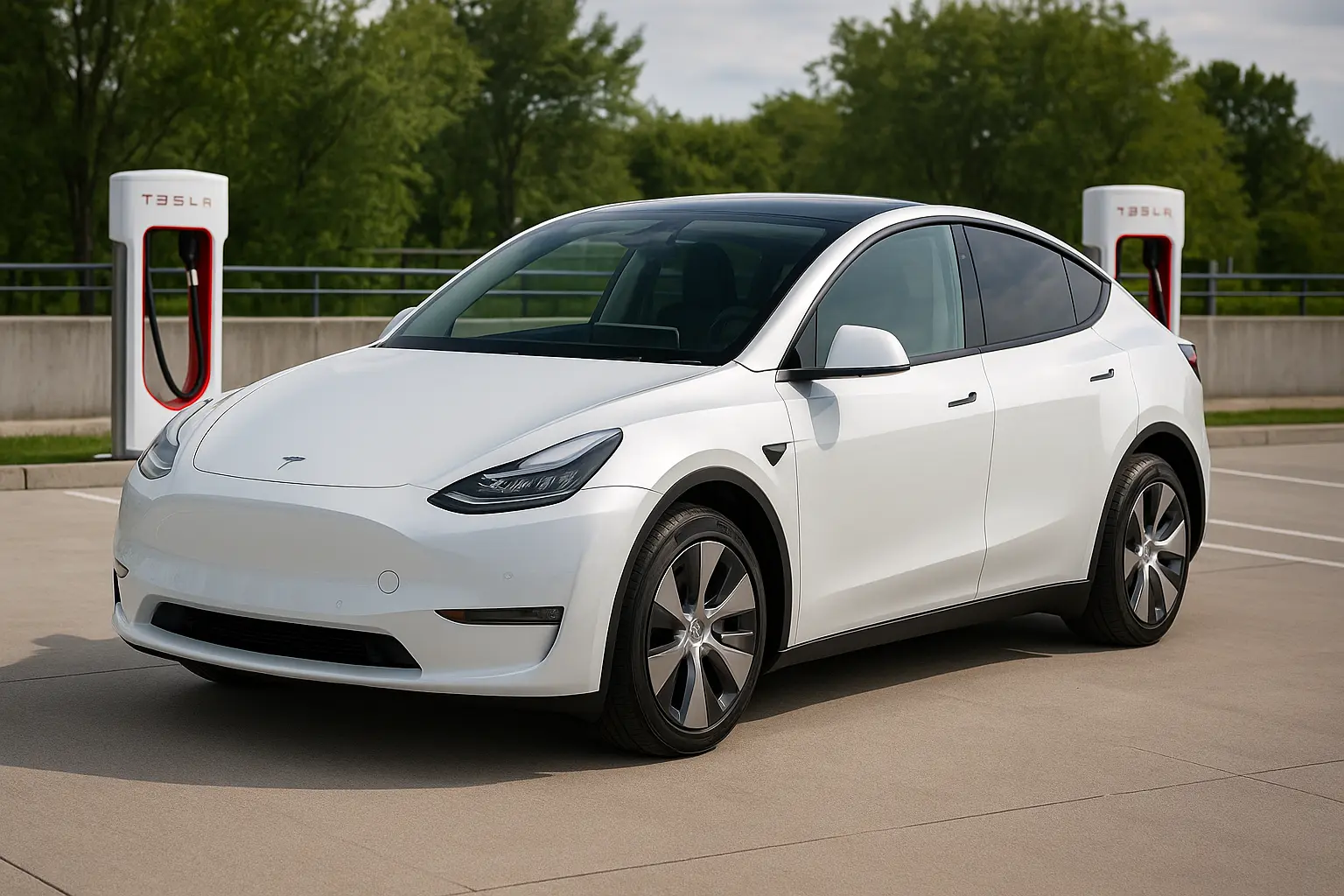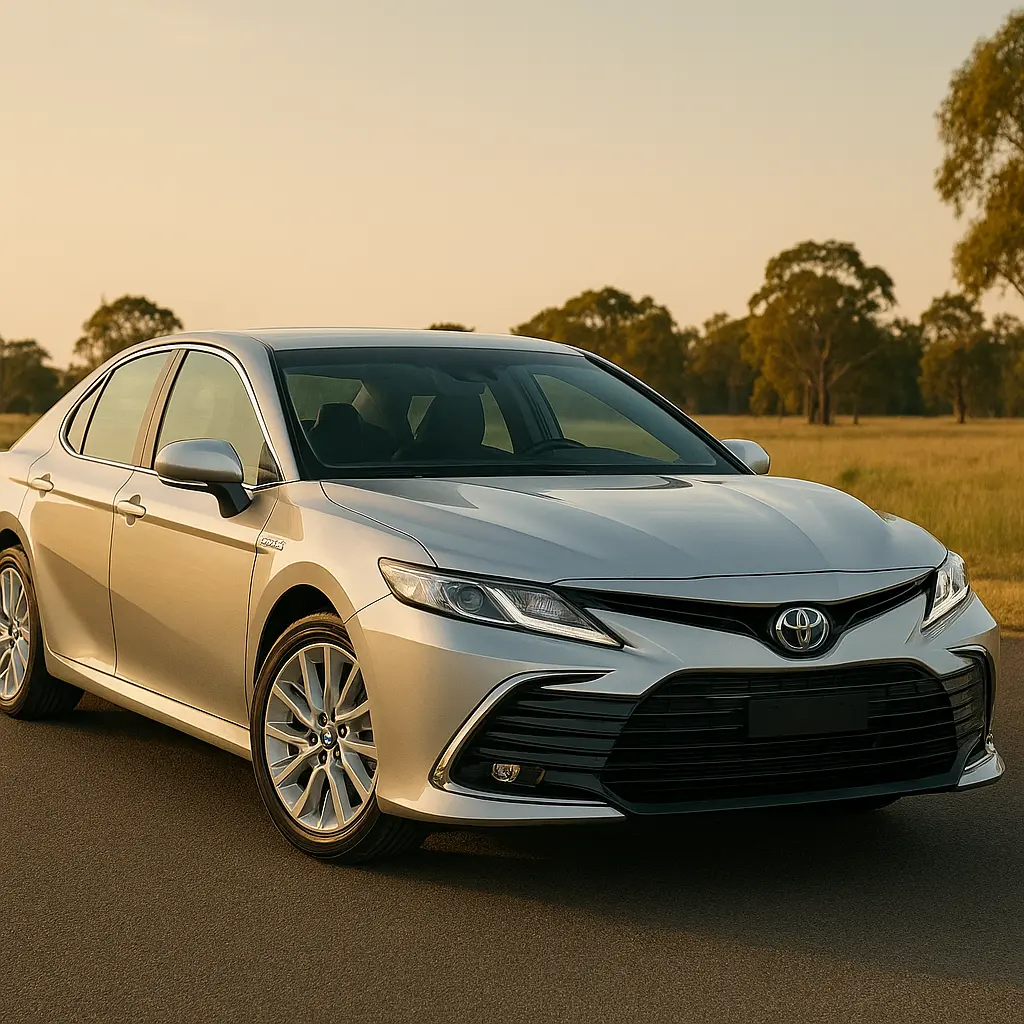The EV Boom in 2025
Australia’s electric vehicle (EV) market is surging in 2025, with record sales and expanding infrastructure. As fuel prices remain unpredictable and emissions targets tighten, Australians are turning to EVs in droves. From inner-city commutes to long-distance road trips, the demand for reliable charging options is now more critical than ever.
But EV ownership comes with a learning curve — particularly around charging. Whether you’ve already bought your first EV or you're planning to make the switch, understanding how, where, and how much it costs to charge is essential.
Types of EV Chargers Explained
Australia uses a variety of EV charging types, but they generally fall into three main categories:
- Level 1 (Slow Charging)
Standard 240V household outlet using a portable charger. Adds ~10–15km per hour. Suitable for overnight top-ups. - Level 2 (Fast Charging)
Installed wall chargers (AC) at homes or commercial spots. Adds 25–40km per hour. Most common option for home charging. - Level 3 (Ultra-Fast or DC Charging)
Public charging stations with 50kW–350kW power. Adds 100–400km in under 30 minutes. Ideal for road trips and emergency top-ups.

Charging Levels: AC vs DC
| Charging Type | Power Output | Speed | Ideal Use Case |
|---|---|---|---|
| AC (Level 1/2) | Up to 22kW | Slow to Moderate | Home and work charging |
| DC (Level 3) | 50–350kW | Fast to Ultra-Fast | Highways, public networks |
AC Charging:
Alternating current, used at homes and businesses. Requires onboard converter in the vehicle.
DC Charging:
Direct current, bypasses onboard converter, delivers power straight to the battery – much faster.
Plug Types in Australia
EVs in Australia typically use two main plug types:
- Type 2 (Mennekes): Standard for AC charging
- CCS Combo 2: Most common DC fast-charging plug
- CHAdeMO: Mainly for older Nissan Leafs and some Japanese imports
Most EVs sold in 2025 in Australia are equipped with Type 2 + CCS compatibility, making charging across networks seamless.
Public Charging Network Overview
Australia’s public charging infrastructure has expanded massively:
Major Charging Networks in 2025:
- Chargefox – Australia’s largest ultra-rapid network
- Evie Networks – Strong regional and highway coverage
- Tesla Superchargers – Now partially open to non-Tesla EVs
- BP Pulse – Expanding at fuel stations across metro areas
- NRMA – Free chargers for members across NSW
Public Charging Locations (Approximate as of July 2025):
- Over 4,800 charging stations
- More than 10,000 plugs nationwide
- Ultra-rapid DC sites available along all major highways (M1, M7, Hume Hwy, Bruce Hwy)
Regional Expansion:
Funding and grants have boosted regional and rural coverage, addressing range anxiety concerns for country drivers.
Home Charging Setup – What You Need to Know
Charging at home is the most convenient and cost-effective option. Here’s what to consider:
Installation Requirements:
- Dedicated EV wall charger (7kW–22kW)
- Separate circuit breaker
- Compatible switchboard and wiring
- Licensed electrician required
Approximate Costs in 2025:
- Charger unit: $800 – $2,500
- Installation: $700 – $1,500
- Total setup: ~$1,500 – $4,000
Government rebates may offset part of this cost depending on your state.
Charging Costs: Public vs Home
Home Charging:
- Electricity cost: ~25–35 cents/kWh (standard)
- Solar-powered EV charging = lowest cost
- Fully charging a 60kWh battery: $15–$20
Public Charging:
| Provider | Typical Rate (per kWh) | Notes |
|---|---|---|
| Chargefox | $0.40 – $0.60 | Fast chargers cost more |
| Evie Networks | $0.45 – $0.65 | Time-based pricing for some |
| Tesla Superchargers | ~$0.52 | Higher for non-Tesla vehicles |
Charging Times for Popular EV Models
| Model | Battery Size | Fast Charger (50kW) | Ultra-Fast (150kW+) | Home (7kW) |
|---|---|---|---|---|
| Tesla Model Y | 75kWh | ~1.5 hrs | ~30 min | ~11 hrs |
| Hyundai Ioniq 5 | 72.6kWh | ~1.5 hrs | ~18 min | ~10.5 hrs |
| MG4 EV | 64kWh | ~1.3 hrs | ~35 min | ~9 hrs |
| BYD Atto 3 | 60.5kWh | ~1.2 hrs | ~30 min | ~8.5 hrs |
| Kia EV6 | 77.4kWh | ~1.5 hrs | ~20 min | ~11 hrs |
Government Incentives and Subsidies in 2025
Federal:
- Fringe Benefits Tax (FBT) Exemption for eligible EVs under $89,332
- Zero import duty for qualifying EVs
State-specific Offers:
| State/Territory | Rebates | Registration Discounts | Notes |
|---|---|---|---|
| NSW | Up to $3,000 | 2-year free rego | Income cap applies |
| VIC | $3,000 rebate | Discounted rego | EV levy applies |
| QLD | Up to $6,000 | Reduced stamp duty | Best support overall |
| SA | $3,000 rebate | 3-year free rego | First 7,000 EVs |
| WA | $3,500 rebate | Discounted rego | 10,000 EV cap |
EV Charging Apps and Networks in Australia
These apps help locate stations, check real-time availability, pricing, and charging speeds:
- PlugShare – Best user-reviewed map
- Chargefox App – Access to partner networks
- Evie App – Real-time pricing, availability
- Tesla App – For Tesla supercharger access
- NextCharge – Growing global map coverage
Pro tip: Always check app reviews and recent station photos before planning a road trip.
Charging Etiquette and Tips
- Don’t hog chargers: Move your car once done
- Don’t unplug others: Unless you know their session has ended
- Label your cable: Avoid confusion at busy stations
- Plan ahead: Especially on public holidays and weekends
- Carry a backup cable: Useful for older or slower plugs
Challenges Facing the EV Charging Ecosystem
Despite major progress, Australia still faces some hurdles:
- Uneven rural coverage – Especially inland QLD, WA, NT
- Charger reliability – Some public sites suffer outages
- Grid strain – Especially in hot months during peak hours
- Lack of standardisation – Not all stations support all models
State and federal governments are addressing these issues through infrastructure upgrades and partnerships.
Future Trends in EV Charging
Australia is expected to adopt several future-forward charging trends:
- Vehicle-to-Grid (V2G) – Feed excess power back to the grid
- Wireless Charging – Early pilot projects in 2025
- Battery Swapping Stations – Trialled in Asia, may come to urban Australia
- AI-Optimised Charging Schedules – Smarter charging to reduce grid load
- Solar Carports – EV chargers integrated with rooftop solar at shopping centres and workplaces
Final Thoughts: Is Australia EV-Ready?
In 2025, Australia has made huge leaps in making EV charging accessible, fast, and increasingly affordable. With growing infrastructure, government incentives, and evolving tech, there’s never been a better time to drive electric.
But preparation is key. Whether you're charging at home, on the go, or on a road trip across the Outback, understanding the ins and outs of EV charging ensures your electric journey is smooth and stress-free.
Leave a comment
Your email address will not be published. Required fields are marked *




